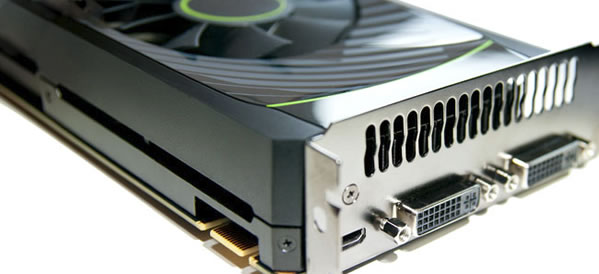Overclocking plays a vastly different role in the computer industry today than it did 10 years ago, a time when overclockers were considered outlaws by manufacturers. Back then even mentioning overclocking could void your warranty and industry leaders like Intel were working to eliminate it all together.
In contrast, nowadays processor and graphics cards manufacturers have embraced the practice, touting high 'overclockability' as a feature and in the process using it to sell enthusiast oriented products at a premium.
Take the popular mid-range GeForce GTX 560 Ti as an example. Base model non-overclocked cards start at ~$229, but finding them isn't so plain and easy as most manufacturers prefer to push their overclocked counterparts. While the Nvidia specification calls for a 822MHz core clock speed, you shouldn't be surprised to see outgoing models running at 900MHz or more for this particular GPU series.
Sounds too good to be true? It probably is. Often these factory overclocked models cost 10 - 20% more than the standard models, while only offering half that amount in extra performance. The alternative is to overclock manually and thankfully that's easy to do as both AMD and Nvidia drivers provide their own custom overclocking facilities.

Here's another scenario that begs the question of whether overclocking is worth it... You go out to buy a new graphics card, set a budget, and it'd seem that for another $30-60 you can always go with the next step up that performs a little better. Or, you could save those extra dollars, go for the budget model and overclock it and basically match the next step up's performance.
With that in mind, we have hand-picked three graphics cards that represent select price ranges to see just how much extra value can be obtained through overclocking. For the $100+ range we have the Radeon HD 6750, the GeForce GTX 560 Ti has been used to represent the $200+ market. Then at the top of the food chain we have the Radeon HD 6970 going for $300 and up.
Each of these graphics cards will be overclocked to their maximum stable frequency using the stock air cooling. The comparison will be drawn using their non-overclocked results as well as a number of competing products, usually the ones costing a little bit more.
Our test system specs look like this:
- Intel Core i7-3960X Extreme Edition (3.30GHz)
- x4 2GB G.Skill DDR3-1600(CAS 8-8-8-20)
- Gigabyte G1.Assassin2 (Intel X79)
- OCZ ZX Series (1250w)
- Crucial m4 512GB (SATA 6Gb/s)
- Microsoft Windows 7 SP1 64-bit
- Nvidia Forceware 285.62
- AMD Catalyst 11.12
The graphics cards tested include (from least expensive to most expensive):
- Radeon HD 6750 (1024MB) stock and overclocked at 800/1300MHz
- GeForce GTX 550 Ti (1024MB)
- Radeon HD 6850 (1024MB)
- GeForce GTX 560 Ti (1024MB) stock and overclocked at 955/2250MHz
- Radeon HD 6950 (2048MB)
- Radeon HD 6970 (2048MB) stock and overclocked at 955/1470MHz
- GeForce GTX 570 (1280MB)
- GeForce GTX 580 (1536MB)
